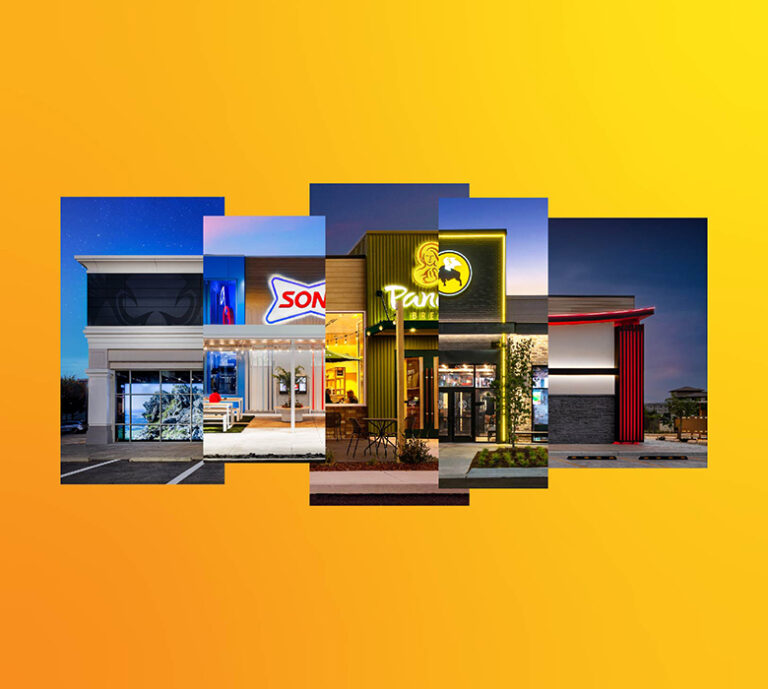×

Our Creative Director, Marty McCauley, explores how a multi-brand experience can actually create real value for customers.

Every year at CES, there is an outstanding product or emerging technology that excites electronics enthusiasts and drives the media buzz. Yes, this year had its share of new gadgets like domestic robots, rollable smartphones, advances in health-tracking wearables, and even customizable color app-enabled lipstick machines. This year we expected 5G-enabled wizardry to be the focus of attention, but none of the technology products became “the story.” This year the pandemic stole the show. The fact that the show was not in-person changed everything.
Going Virtual
In July 2020, The Consumer Technology Association made the decision to make their 2021 Consumer Electronics Show virtual due to the pandemic. The giant event annually attracts up to 175,000 attendees, but this year it moved from a Las Vegas spectacle to an online, on-screen user experience without precedent.
This year, technology was required to experience technology, which went beyond irony to become annoying. Navigating the virtual venue was too challenging, the keynotes became infomercials, and the panels felt like semi-scripted Zoom calls. On the plus side, there were some exhibitors, like GM and Microsoft, who took advantage of the ability to create highly produced video keynotes that where informative and engaging to watch.
Missing from the live event was the opportunity to spontaneously discover something cool and experience the thrill of seeing and touching the gadgets in real life. The show could not virtually substitute the usual drama of the exhibits and the humanity of participating in a larger-than-life event. Adding to the virtual failure is the fact that any company that wasn’t already a household name had no way of attracting clicks in an alphabetical menu or quilt of logos.
Hot Topics
Similar to life itself, one could not escape the topic of COVID-19 in the online presentations and discussions. Several pandemic-related new categories were at the show, like “Smart-masks,” smoke-detector type devices that monitor virus risks and remote teaching platforms. The overall thematic thread among retail CEOs was that the world has changed and that it is not going back to what we would recognize as a pre-COVID normal. Some retail executives predicted as many as 15% of consumers might never return to stores and the imperative of having a “digital-first” strategy.
Other topics that ran consistently through the show were a heightened gravity to corporate social responsibilities, ranging from clean energy to diversity and focusing on “doing good.” With all of the recent events in the news, the clearest clarion call was for the urgency to address cybersecurity with better policy and corporate cooperation, which was a big part of Microsoft’s keynote in light of the recent SolarWinds breach.
The Future Kings of CES?
Despite being virtual, it is clear that CES is now the event of choice for automotive brands to show innovation. GM used the venue to launch their new electrification and autonomous technology push with their “Exhibit Zero,” using CES week as a platform to launch their new logo. Mercedes unveiled their enormous 56-inch “Hyperscreen” that replaces a traditional dashboard for the driver and passenger.
Beyond touting battery technology and self-driving tech, carmakers and suppliers highlighted innovations around premium audio, heads-up display, and safety enhancements.
Carmakers are re-inventing themselves as technology companies to meet the digital age challenge and increase investor appeal. As electrification and digitization gain momentum, the car is now the ultimate consumer electronics product. According to automotive supplier Bosch, today’s typical car has 100 million lines of code versus “only” 10 million in 2010. The long-time kings of CES – Sony, Samsung, and LG, may soon be overthrown by GM, VW, and Hyundai. The challenge will be getting consumers to trust the technologies enough to move from being entertained to being transported. Was attending 2021’s virtual CES worthwhile? It was certainly better than no CES at all, but let’s hope that the 2022 CES will be back to a live event, even if it means wearing a smart-mask.


